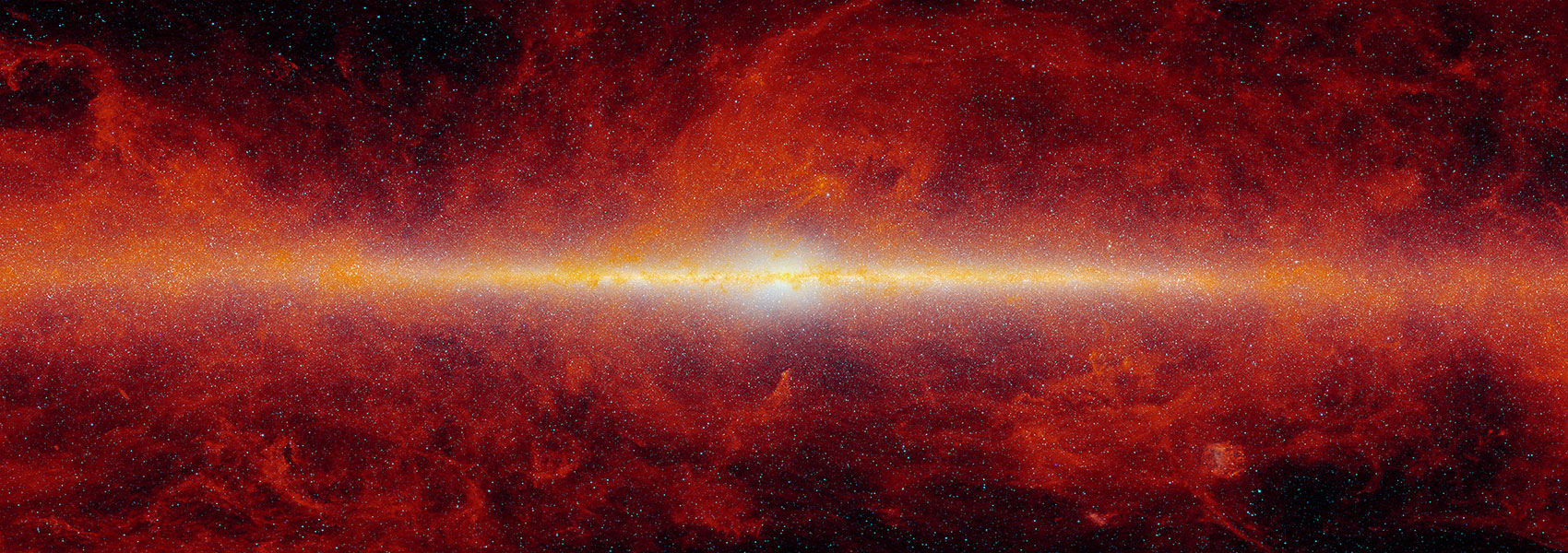
Characterizing the Ordinary Broad-line Type Ic SN 2023pel from the Energetic GRB 230812B
January 2024 • 2024ApJ...960L..18S
Abstract • We report observations of the optical counterpart of the long gamma-ray burst (GRB) GRB 230812B and its associated supernova (SN) SN 2023pel. The proximity (z = 0.36) and high energy (E γ,iso ~ 1053 erg) make it an important event to study as a probe of the connection between massive star core collapse and relativistic jet formation. With a phenomenological power-law model for the optical afterglow, we find a late-time flattening consistent with the presence of an associated SN. SN 2023pel has an absolute peak r-band magnitude of M r = -19.46 ± 0.18 mag (about as bright as SN 1998bw) and evolves on quicker timescales. Using a radioactive heating model, we derive a nickel mass powering the SN of M Ni = 0.38 ± 0.01 M ⊙ and a peak bolometric luminosity of L bol ~ 1.3 × 1043 erg s-1. We confirm SN 2023pel's classification as a broad-line Type Ic SN with a spectrum taken 15.5 days after its peak in the r band and derive a photospheric expansion velocity of v ph = 11,300 ± 1600 km s-1 at that phase. Extrapolating this velocity to the time of maximum light, we derive the ejecta mass M ej = 1.0 ± 0.6 M ⊙ and kinetic energy ${E}_{\mathrm{KE}}={1.3}_{-1.2}^{+3.3}\times {10}^{51}\,\mathrm{erg}$ . We find that GRB 230812B/SN 2023pel has SN properties that are mostly consistent with the overall GRB-SN population. The lack of correlations found in the GRB-SN population between SN brightness and E γ,iso for their associated GRBs across a broad range of 7 orders of magnitude provides further evidence that the central engine powering the relativistic ejecta is not coupled to the SN powering mechanism in GRB-SN systems.
Links
- PREPRINT http://arxiv.org/abs/2310.14397
- NED https://ned.ipac.caltech.edu/uri/NED::InRefcode/2024ApJ...960L..18S
- ELECTR https://doi.org/10.3847/2041-8213/ad16e7
- SIMBAD https://simbad.u-strasbg.fr/simbad/sim-ref?querymethod=bib&simbo=on&submit=submit+bibcode&bibcode=2024ApJ...960L..18S
- PDF https://iopscience.iop.org/article/10.3847/2041-8213/ad16e7/pdf
- DATA https://irsa.ipac.caltech.edu/bibdata/2024/S/2024ApJ...960L..18S.html


